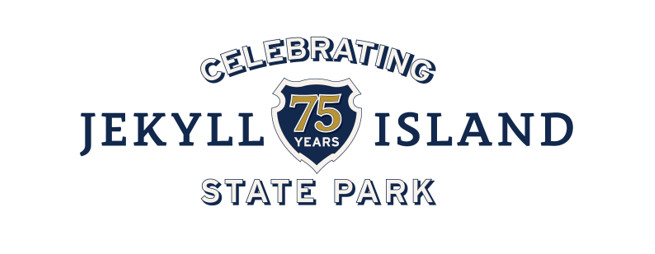by Yank Moore, Director of Conservation, and Joseph Colbert CWB®, Wildlife Biologist
Conservation on Jekyll Island is reaching new heights as the focus shifts from primarily monitoring and collecting data, towards restoration and informed land management and ecological enhancement practices. This approach will create and improve conditions for wildlife and habitat diversity on the island, while still providing nature-based education and recreational opportunities for the public.
Recently the Jekyll Island Authority (JIA) adopted the Golf Improvement Plan, with input from all major departments within JIA. As a part of this plan, a wildlife habitat corridor will be established from retired holes on Oleander Golf Course. Creating this wildlife corridor represents a once-in-a-generation opportunity for the Jekyll Island Authority to restore 52 acres of land into a thriving ecosystem that supports a multitude of wildlife, while also offering public access to walkways in an alluring natural setting. The corridor would be an early step to connect the northern and southern parts of the island, allowing animals that are vulnerable to human activities or sensitive to road crossings to have easy and safe movement island wide.
The corridor will include a mixture of maritime grassland and longleaf pine savanna trees. Both habitats are currently among the most limited habitats on the island but were once a dominant landscape feature along the coast. Both habitats are characterized by few trees and shrubs but are dominated by a mixture of grasses that many regionally rare wildlife rely on. The nesting, feeding, and roosting features that so many priority bird species need to survive will be created by this restoration project. It will provide public access to a sanctuary for wildlife where birdwatchers and photographers will be granted extensive views deep into the landscape and a sense of what coastal Georgia looked like many centuries ago.
A view of a grass-dominated ecosystem is nothing short of breathtaking, especially on a day with a gentle breeze that sets the low-growing plants into motion. As stewards of Jekyll Island with a mission to support nature-based recreation, this project provides visitors and residents an unforgettable experience outdoors, while also improving conditions for resident wildlife. Learn how you can support ongoing conservation projects like this one by becoming a member of the Jekyll Island Foundation today.

